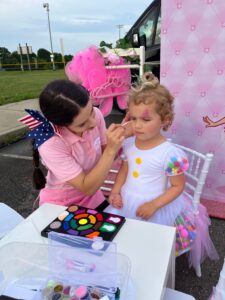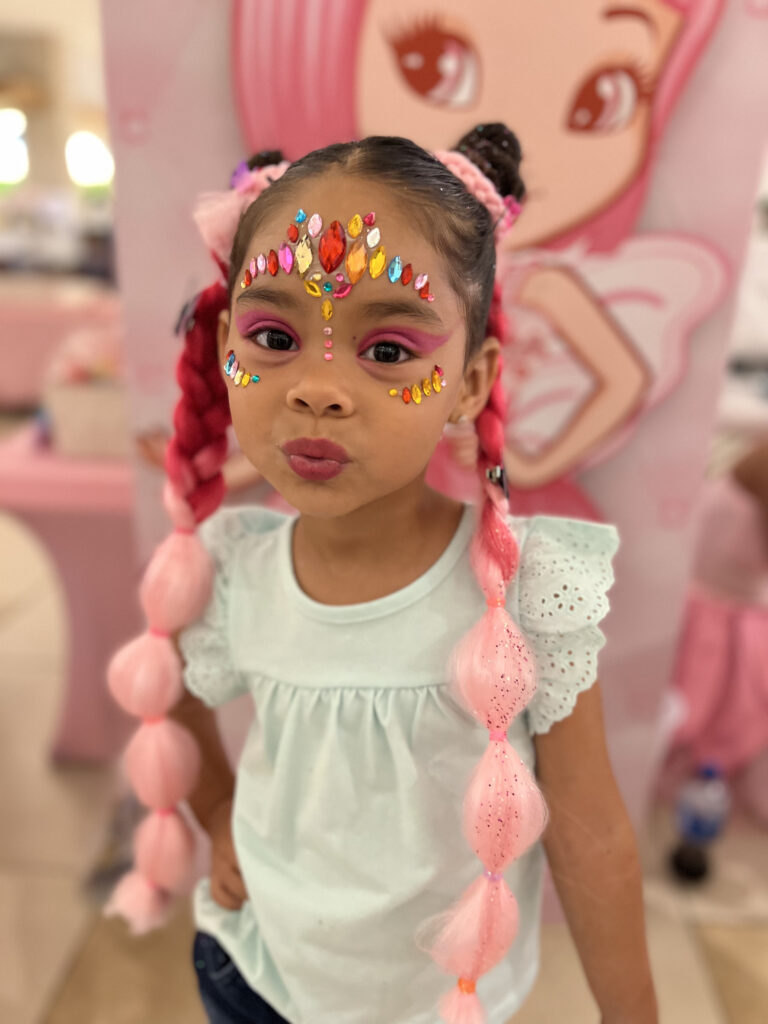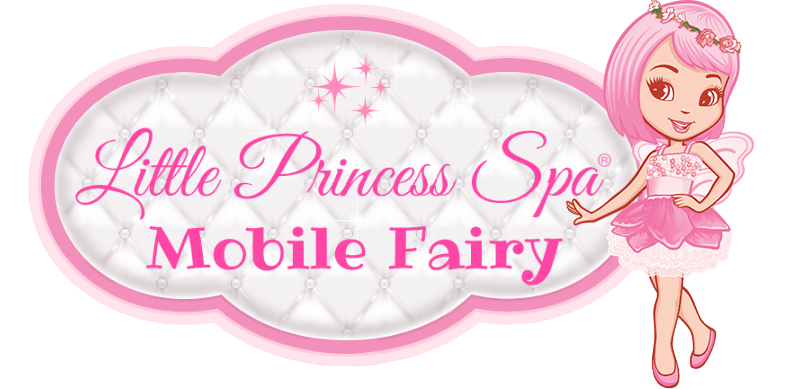Why Art and Music Are Essential for Development of Creative Kids
Creativity is a magical force that resides in every child, waiting to be unleashed. As parents and educators, our role is to nurture and foster creative kids. In this article, we’ll explore the incredible advantages of art and music for enhancing children’s creativity. Join us on a journey through the world of imagination and self-expression.
Why Creative Expression Matters in Creative Kids
Art serves as a catalyst for a range of skills and experiences that can be beneficial for children both immediately and in the long term. Here’s an expanded take on why creative expression is particularly crucial for youngsters:
Freedom of Expression
Emotional Outlet: Many children may not have the vocabulary to express complex feelings, but art gives them a medium for emotional expression that bypasses the need for words. Whether they’re painting a serene blue sky or molding a red, angry monster out of clay, the artistic process enables them to make sense of what they’re feeling.
Identity and Individuality: By making unique artistic choices, children begin to recognize their individual preferences and styles. This helps build a sense of identity, crucial for their psychological development.
Social Skills: When art is a communal activity, it can also serve as a means for socialization. Kids learn to appreciate the perspectives of others as they discuss each other’s creations and share materials, all while expressing their own ideas freely.

Problem-Solving Skills
Critical Thinking: Art isn’t just about letting emotions flow; it’s also about making a multitude of choices—like what tools to use, which colors to mix, or how to fix a mistake—that engage the problem-solving areas of the brain. This prepares children for more complex decision-making situations later in life.
Resourcefulness: When art supplies are limited or when they encounter an unexpected problem, children learn to be resourceful. They adapt and come up with creative solutions, fostering a mindset of adaptability and resilience.
Spatial Reasoning: Activities like drawing or sculpture can help develop spatial reasoning skills, which are useful in understanding geometry and more complex scientific concepts later in educational settings.
Confidence Boost
Skill Mastery: The incremental improvement they see in their artistic skills can be incredibly gratifying for children. It teaches them the value of practice and patience, reinforcing the idea that mastery comes with time and effort.
Ownership and Responsibility: Completing a work of art gives children a sense of ownership and accomplishment, encouraging responsibility not only for their artistic process but also in other tasks they undertake.
Broadened Horizons: The confidence gained from art can make children more willing to explore other subjects and activities they may not have initially been comfortable with. They are more likely to tackle new challenges in academics and extracurricular activities with an open mind.
Additional Benefits
Cultural Awareness: Through art, children can explore different cultures, historical periods, and life philosophies, broadening their understanding and acceptance of diversity.
Mindfulness: The focused, often repetitive, nature of many art activities (like coloring or molding clay) can serve as a form of mindfulness, helping children reduce stress and increase their mental well-being.
The Role of Music in Creative Kids Development
The influence of music on human development is deeply intertwined with cognitive, emotional, and social growth. Let’s delve into the key points to better understand the profound impact that music can have on children’s creative development:
Emotional Connection
Emotional Intelligence: Exposure to different kinds of music can help children identify and understand various emotional states, not just in themselves but also in others. This emotional awareness is crucial for empathetic interactions and healthy relationships.
Mood Regulation: Music has the capability to lift spirits, calm nerves, and facilitate focus. Understanding how to use music to manage their moods can empower children, giving them a tool for emotional self-regulation.
Motivation: Certain types of music can energize and motivate children, potentially making challenging or tedious tasks more enjoyable. This teaches them about the role environment can play in their creative output.
Improving Cognitive Skills
Pattern Recognition: Music is fundamentally about patterns—rhythms, melodies, harmonies. Recognizing these patterns requires and strengthens kids cognitive development that are also useful in mathematics, language learning, and logical reasoning.
Fine Motor Skills: Playing musical instruments demands a level of kids motor skill that is transferable to activities like writing, painting, or working with tools. The hand-eye coordination and timing learned from playing an instrument are invaluable skills in numerous contexts.
Auditory Discrimination: Music education teaches children to identify subtle differences in pitch, tone, and rhythm, honing their auditory discrimination skills. This can improve their attention to detail, not just in musical settings but also in general communication and active listening.

Enhancing Imagination
Narrative Skills: Music often tells a story, whether through lyrics, a series of movements in a symphony, or the improvisational journey of a jazz ensemble. Engaging with these narratives can inspire children to create their own stories, boosting their verbal and written communication skills.
Visual Imagery: Certain compositions can evoke vivid mental imagery. This imaginative exercise can stimulate creativity in other visual mediums like drawing, painting, or even filmmaking.
Interdisciplinary Creativity: The emotive and imaginative power of music can inspire children to blend art forms, such as through dance, theater, or multimedia projects. This fosters a multi-faceted creative skill set that can be applied in diverse ways.
Additional Benefits
Social Cohesion: Group musical activities like choir, orchestra, or band teach children cooperation, teamwork, and social interaction skills. These experiences are essential for their social development and future teamwork abilities in any setting.
Cultural Exposure: Music is a repository of cultural histories and expressions. Learning about different genres, styles, and cultural origins of music can broaden children’s perspectives, making them more open-minded and appreciative of diversity.
Time Management: Practicing an instrument or preparing for a musical performance involves planning, dedication, and time management—skills that will serve children well in other aspects of life.
Creative Art Forms for Kids
Parents can invest in the creative development of their children. The magical world of art has so much more to offer to children than just crayons and paper. Art isn’t merely an activity to keep kids occupied; it’s a gateway to endless imagination, a platform for developing essential life skills, and a canvas for expressing their unique perspectives. So why stick to just coloring books when there’s an entire universe of creative art forms to explore?
Painting and Drawing
Sure, painting and drawing might seem basic, but have you considered all the different ways these can be done? From watercolors to oil pastels and charcoal, the mediums are abundant. Teach your child to draw using geometric shapes to help them understand spatial relationships. Or allow them the freedom to use abstract swirls of paint to express emotion.
Activity Idea: Nature Painting
Take your kids outside and let them paint what they see in nature. Whether it’s a scenic lake or a bustling park, the change of environment can be incredibly inspiring.
Collage Making
Cutting and pasting might seem rudimentary, but it teaches fine motor skills and the art of composition. Kids can use materials like old magazines, fabric scraps, and leaves to create their masterpieces.
Activity Idea: Memory Collage
Encourage your kids to make a collage of their favorite memories, using photos, ticket stubs, and other memorabilia.
Clay and Playdough Sculpture
Molding shapes from clay or playdough is not just tactilely satisfying; it’s also excellent for developing hand-eye coordination and understanding three-dimensional shapes.
Activity Idea: Miniature Zoo
Children can create their own miniature zoo animals from clay, enhancing both creativity and awareness of wildlife.
Puppetry
Puppetry combines visual art with storytelling and performance, making it a rich, multidimensional activity. Kids can create puppets using socks, paper bags, or even just their hands.
Activity Idea: Puppet Show
Once the puppets are ready, kids can put on a mini-show. This encourages them to write a storyline, enhancing their narrative skills.
Digital Art
In this digital age, exposing children to graphic design or digital drawing can be both fun and educational. Many apps allow kids to draw, animate, and design on tablets or computers.
Activity Idea: Animated Story
Let your child pick a favorite story and draw the characters, scenes, and even animate them using a simple animation software.
Music and Sound Art
While not a “visual” art, music is undoubtedly an art form that offers an extensive range of benefits, from emotional regulation to cognitive development.
Activity Idea: DIY Musical Instruments
Children can make their own instruments from household items like pots, pans, and rubber bands, and then compose their own tune.
Photography
Teaching kids the basics of photography can offer them a new lens through which to view the world. It can help them appreciate details that they might otherwise overlook.
Activity Idea: Photo Scavenger Hunt
Create a list of objects or themes for kids to capture, turning it into a fun and educational game.
FAQs
1. How can I encourage my child to embrace art and music?
Encouraging creativity in your child starts with providing them access to art supplies, musical instruments, and opportunities to explore. Be supportive and celebrate their creative endeavors.
2. Are there any age-appropriate art activities for toddlers?
Absolutely! Toddlers can enjoy activities like finger painting, playdough, and making simple musical instruments with household items.
3. What role does storytelling play in enhancing creativity in children?
Storytelling is a fantastic way to ignite a child’s imagination. Encourage them to come up with their own stories that can include music and artwork.
4. How can I identify my child’s creative interests and talents?
Observe your child’s interests and passions. Provide exposure to various creative activities and pay attention to what they gravitate towards naturally.
5. Can art and music help children with learning difficulties?
Yes, art and music can be therapeutic for children with learning difficulties. These creative outlets offer alternative means of expression and can boost self-confidence and motivation.
Final Thoughts
Creativity doesn’t have boundaries, and the earlier we teach this to our children, the better equipped they’ll be to tackle the challenges of the future with an open mind and imaginative approach. So go ahead, let your child explore these varied art forms and watch as they flourish into confident, creative, and empathetic individuals.

